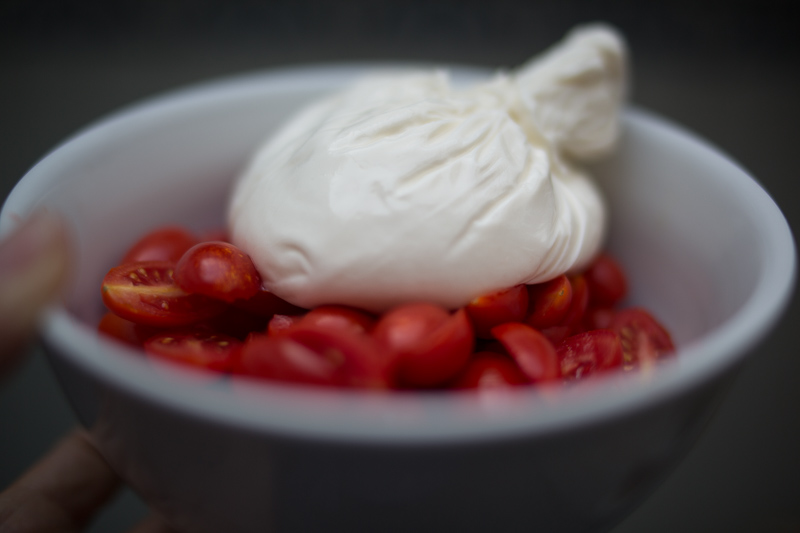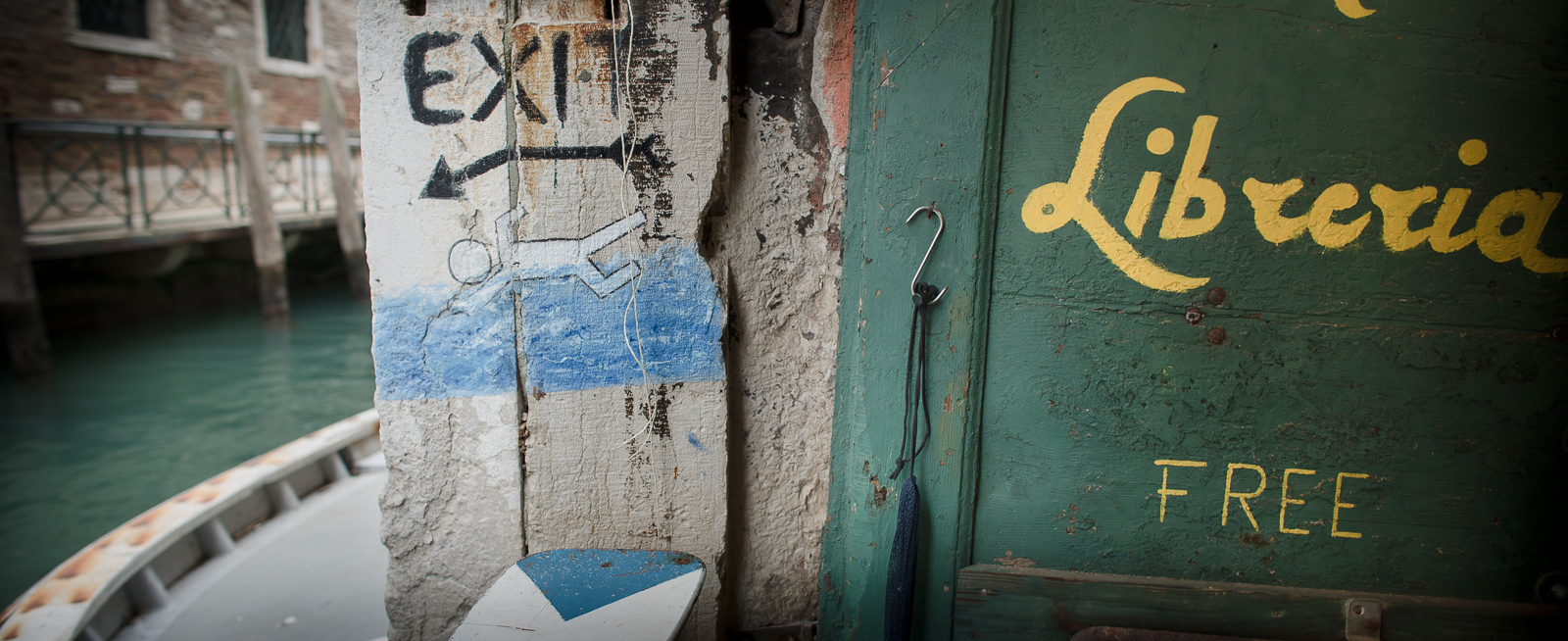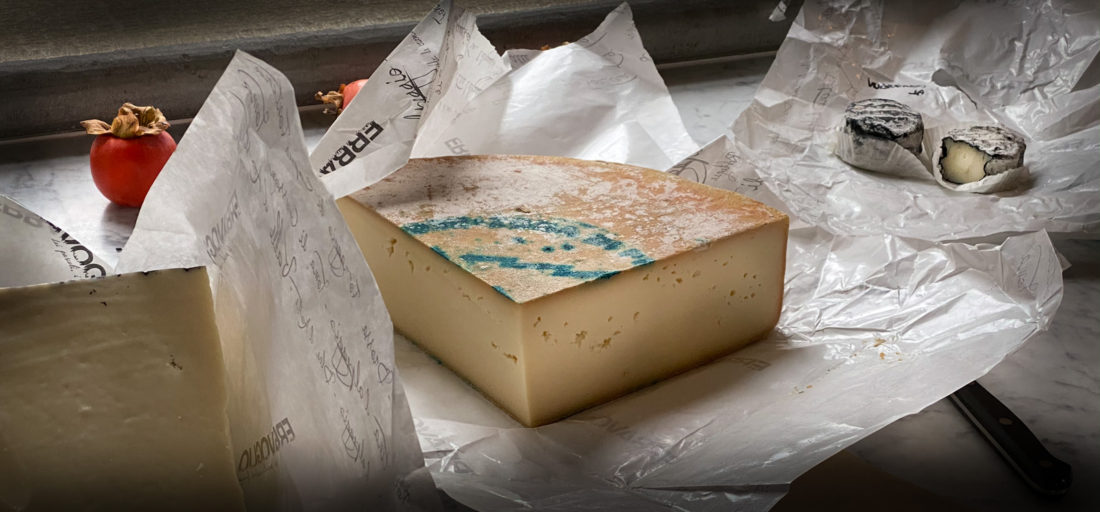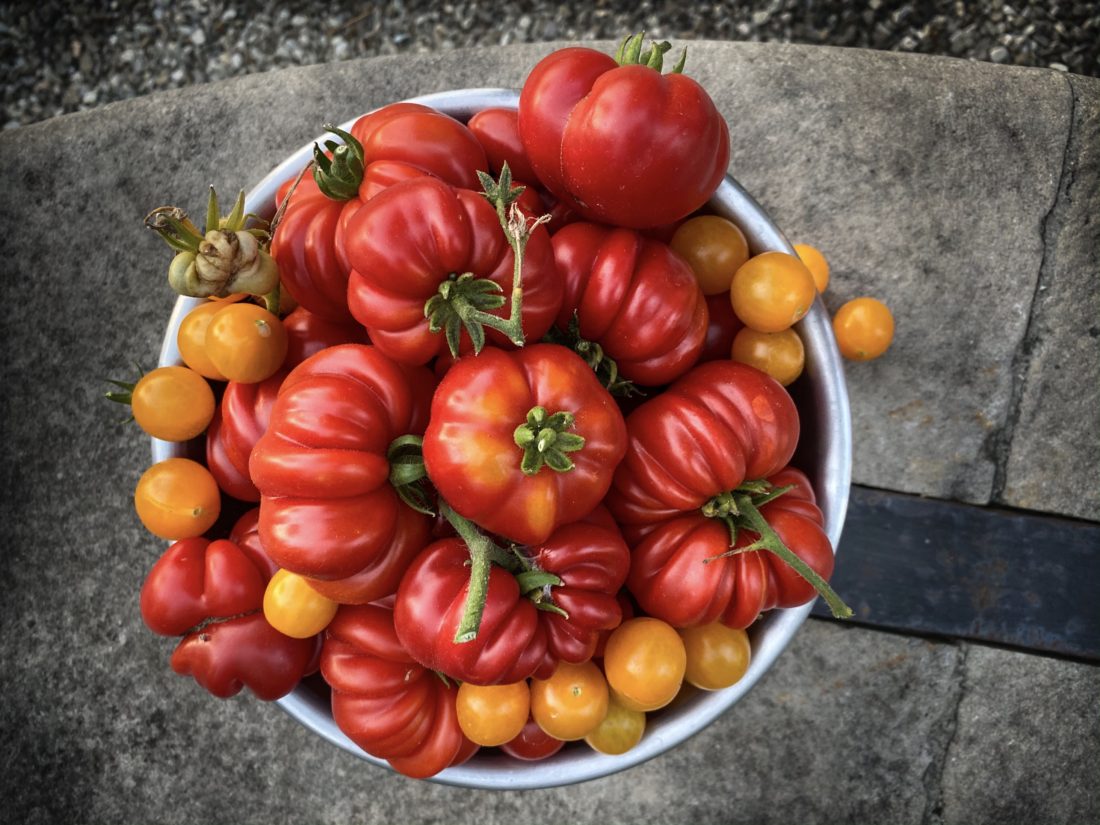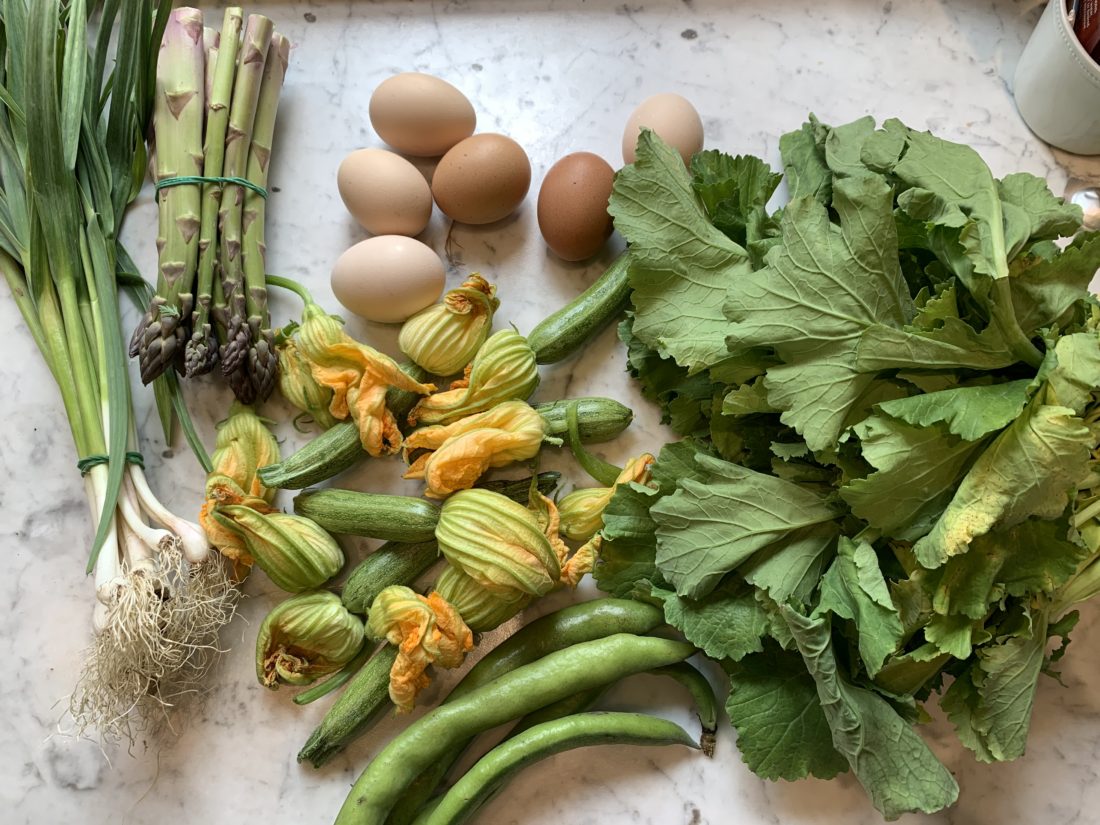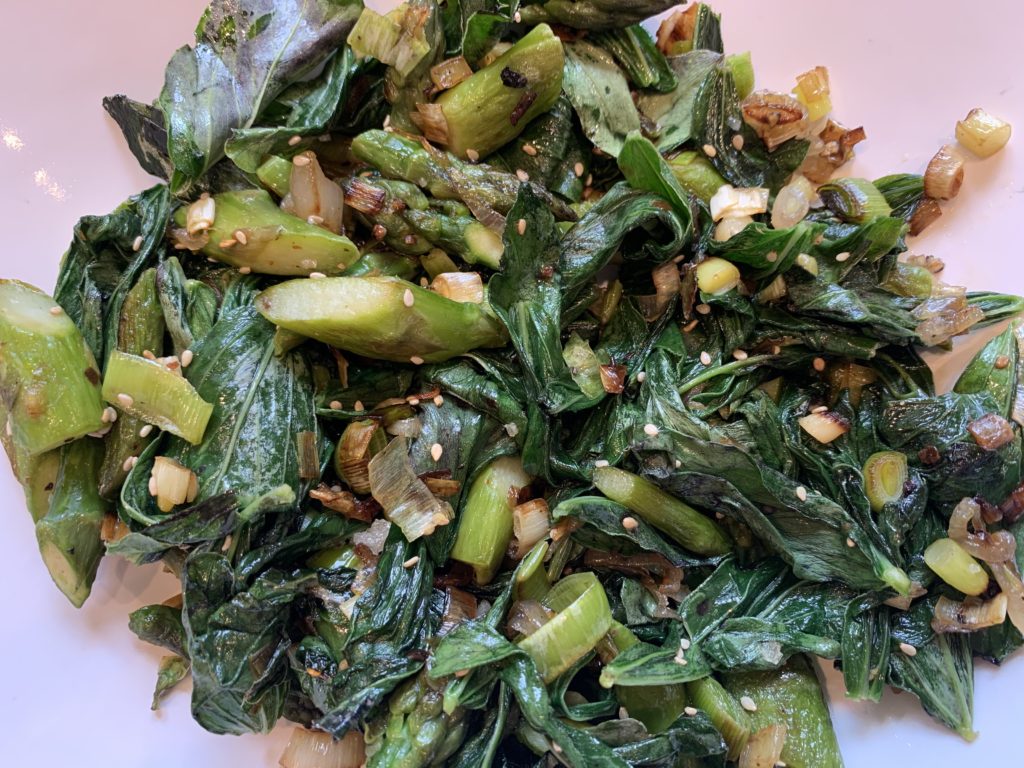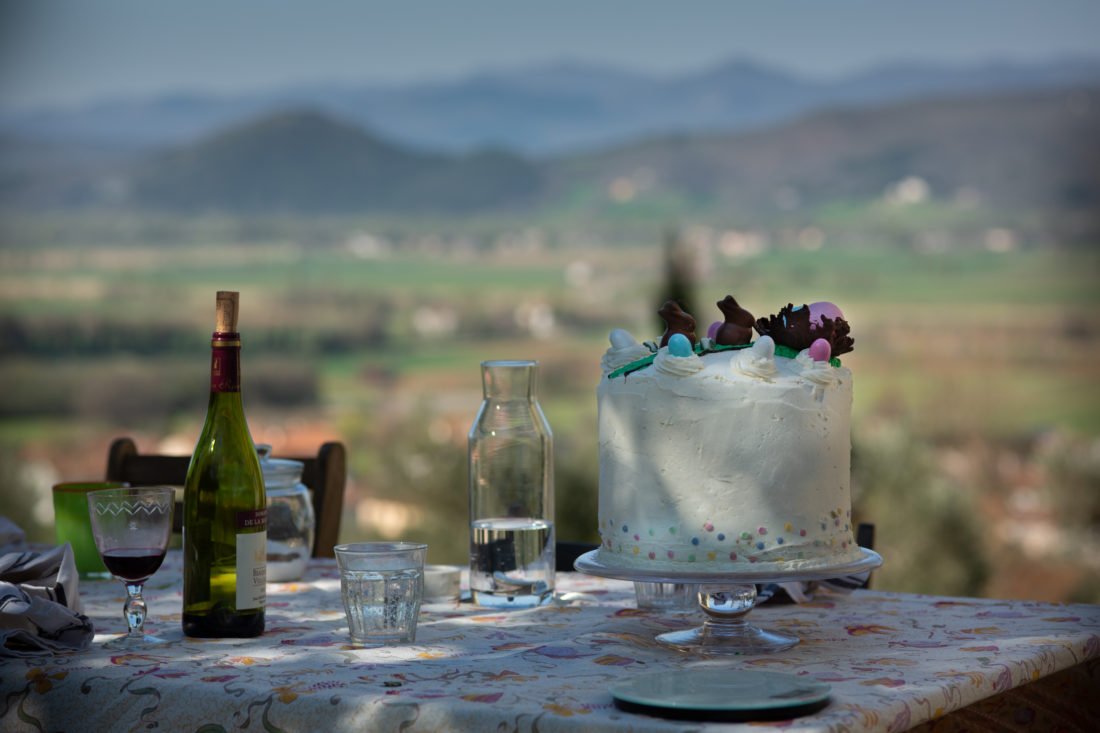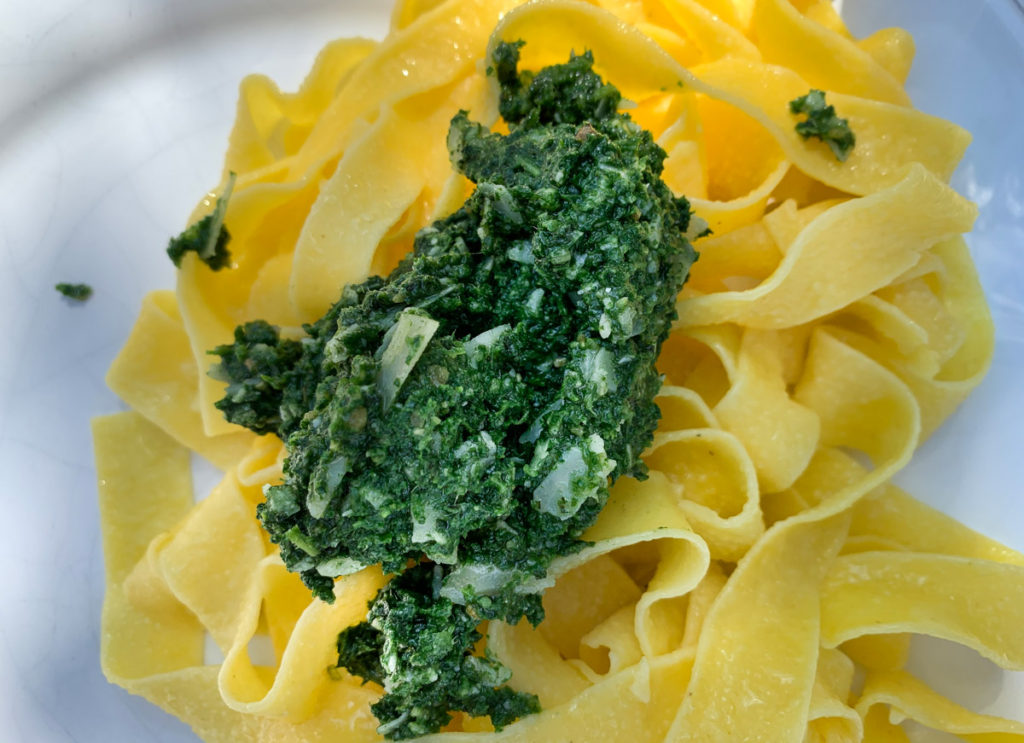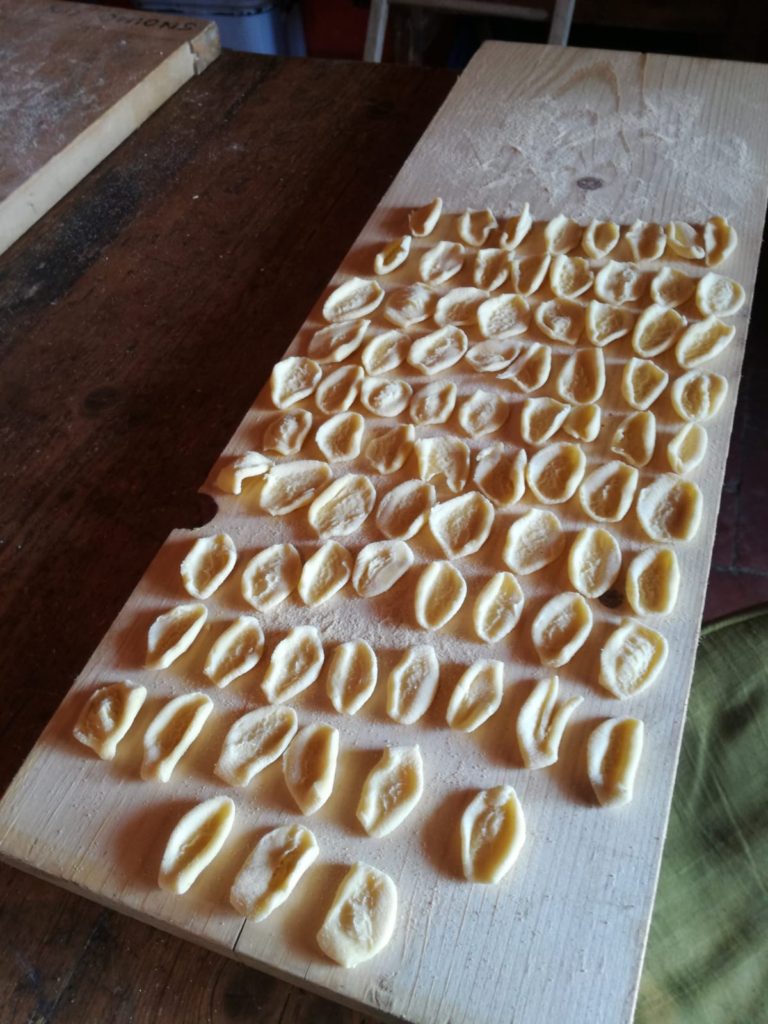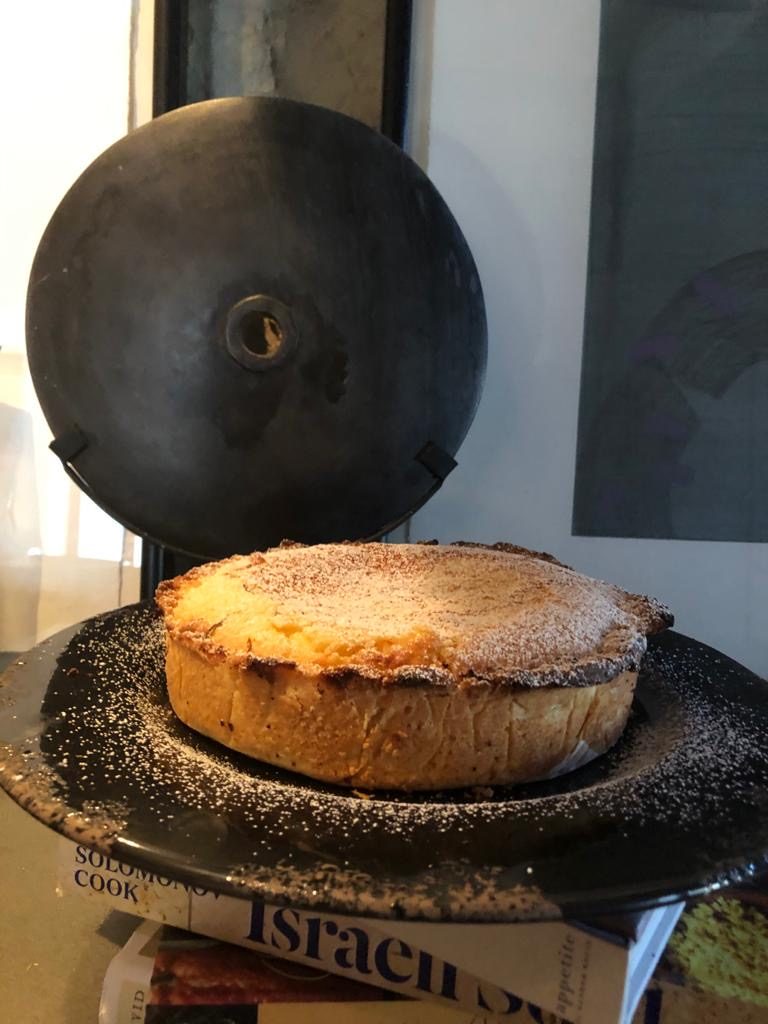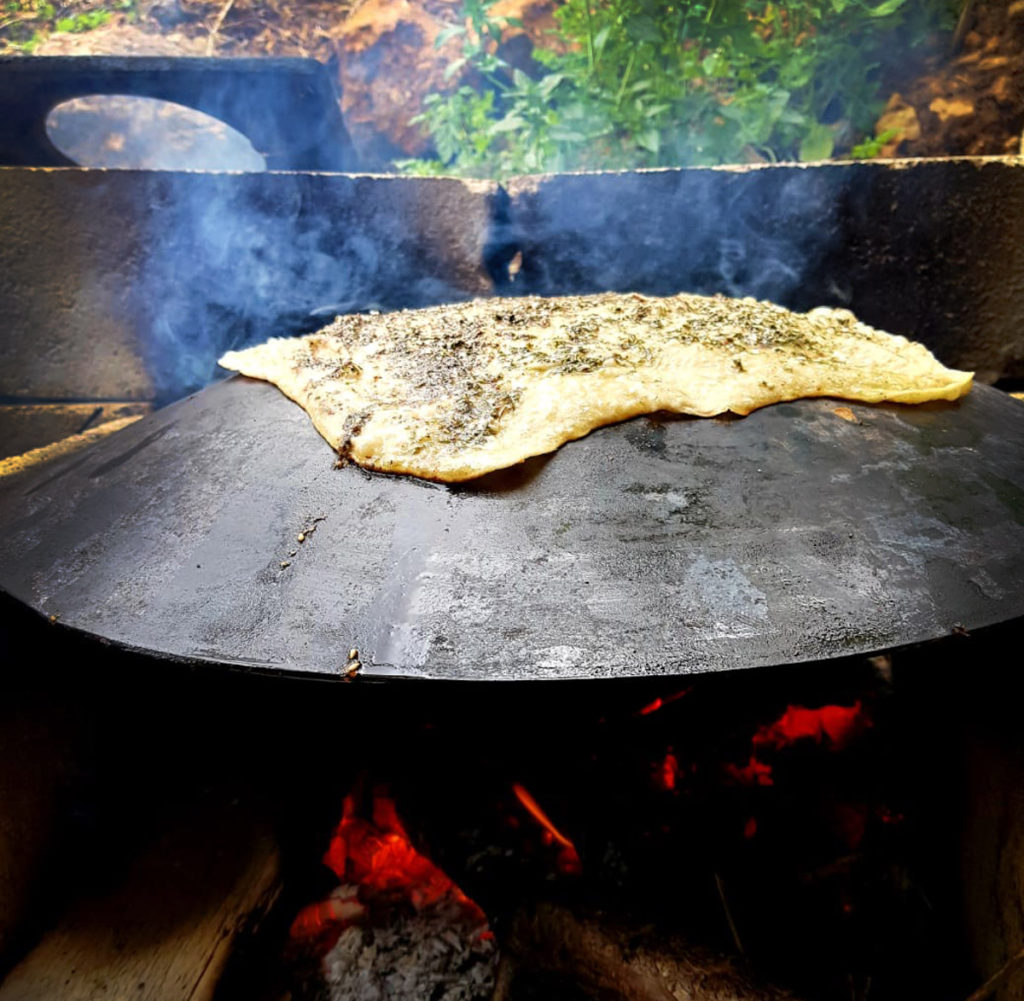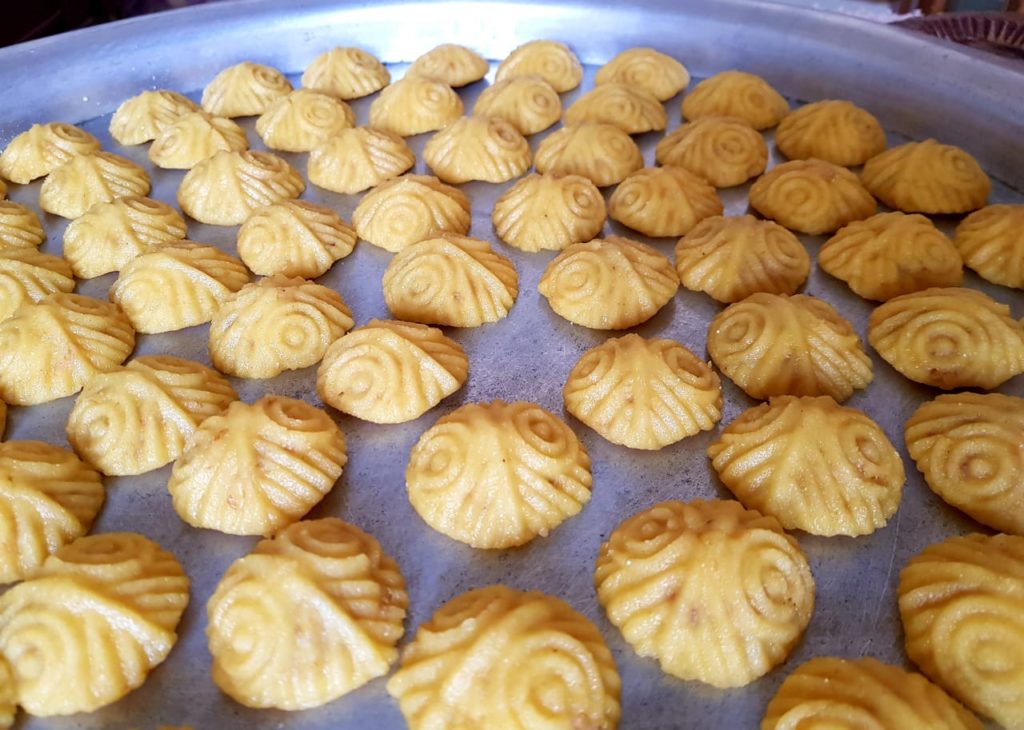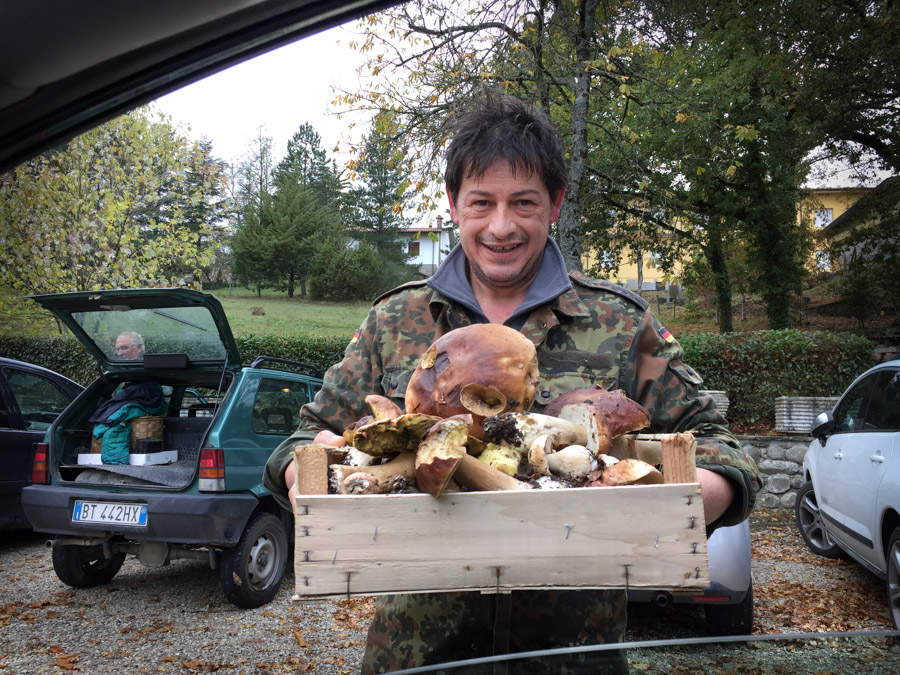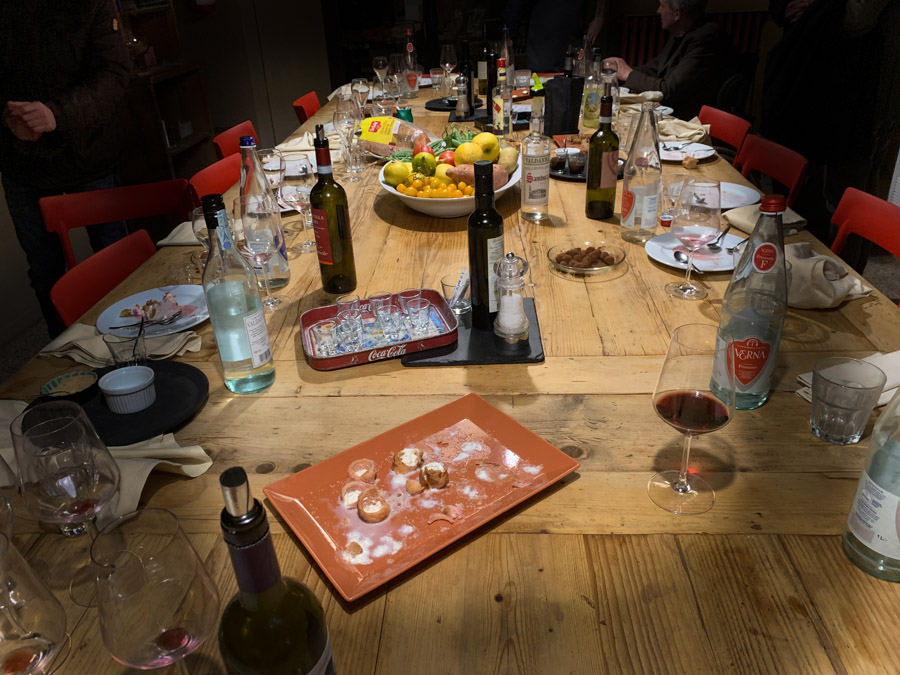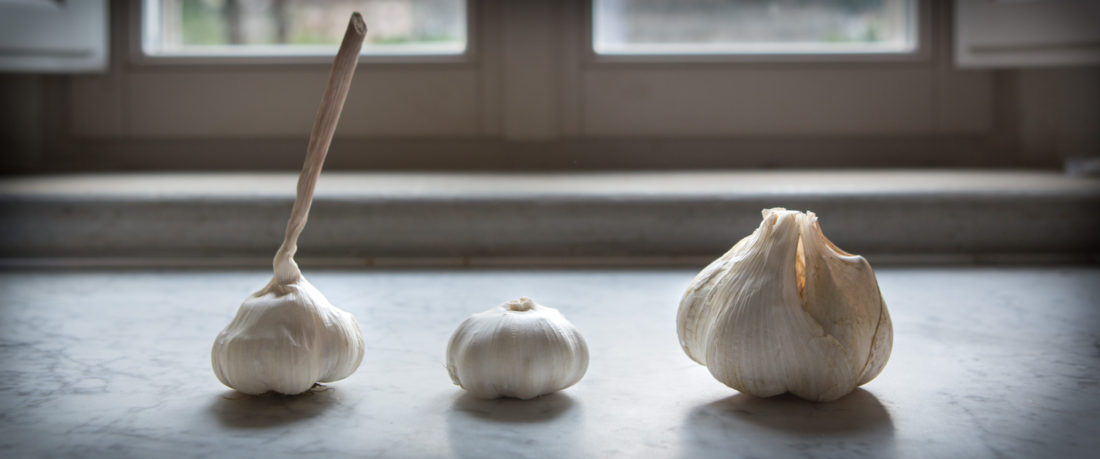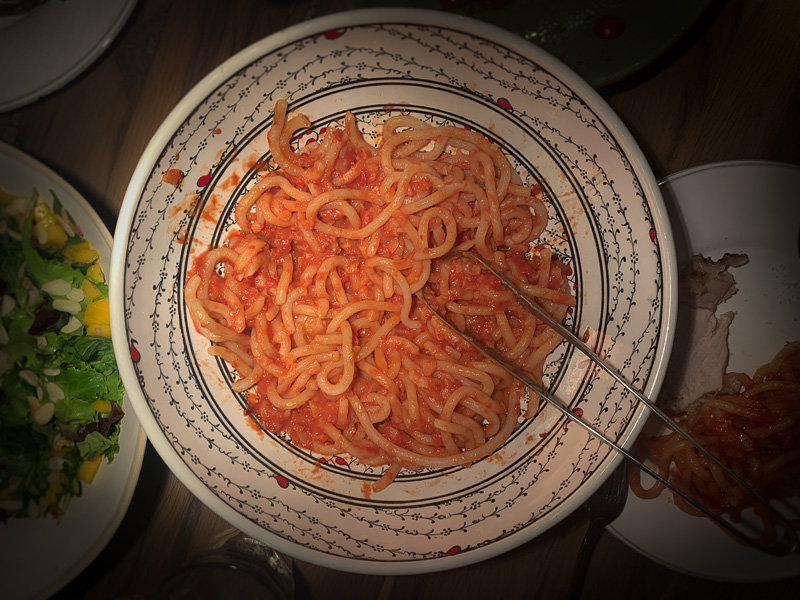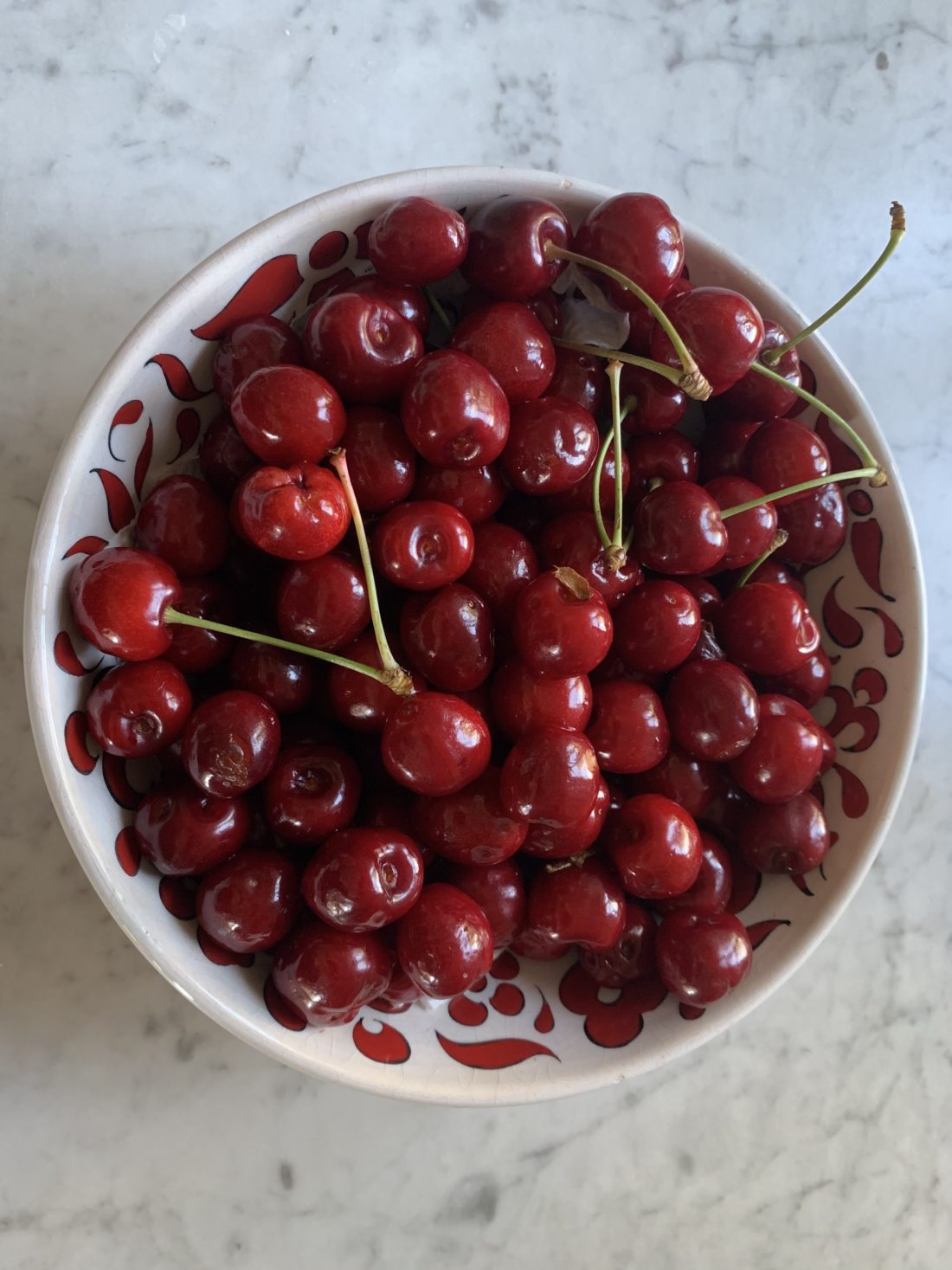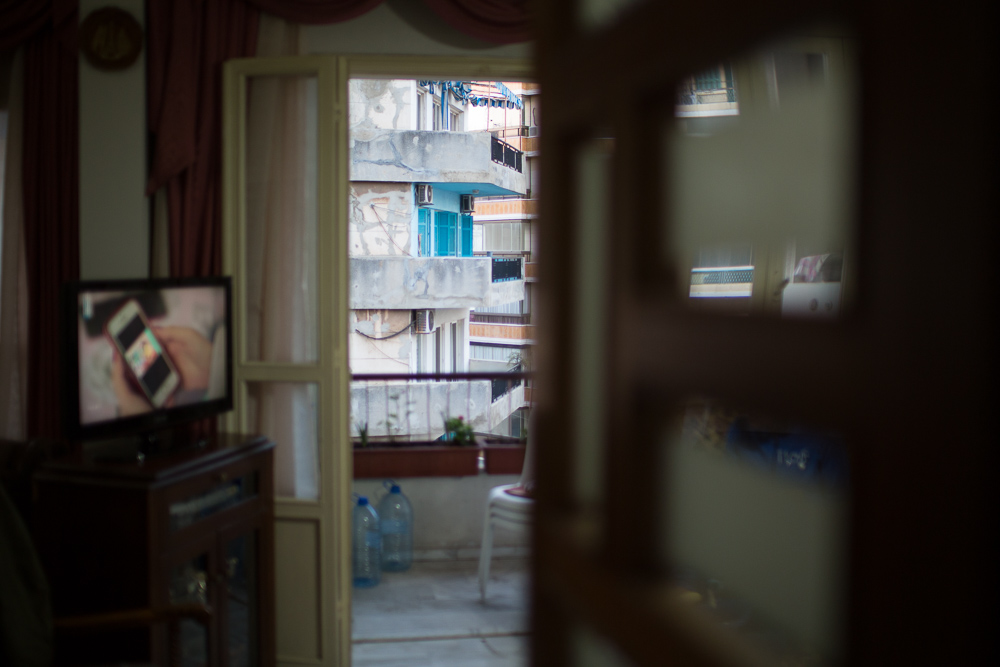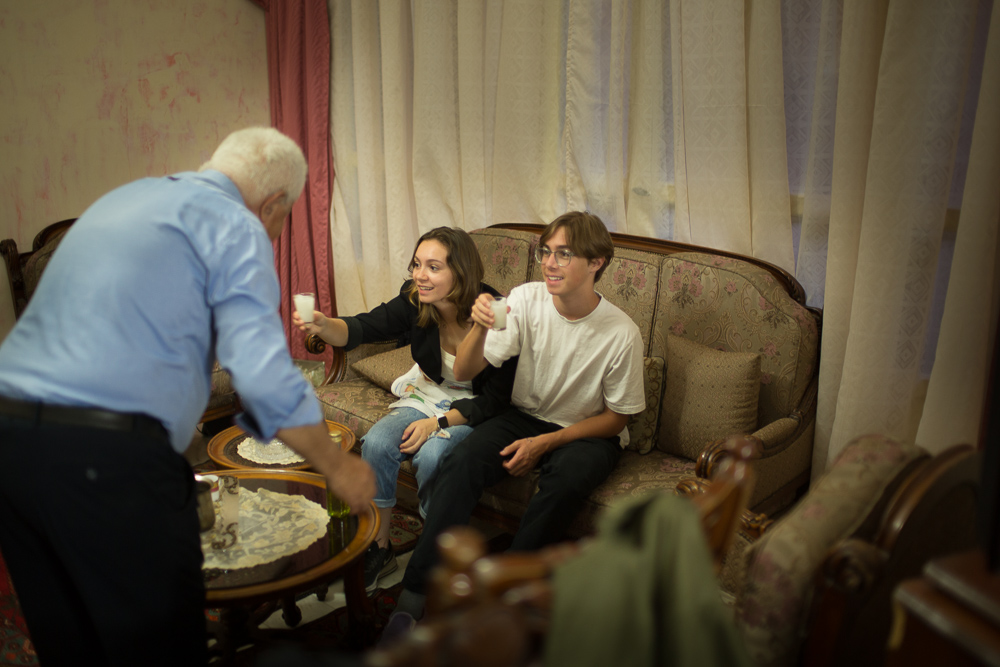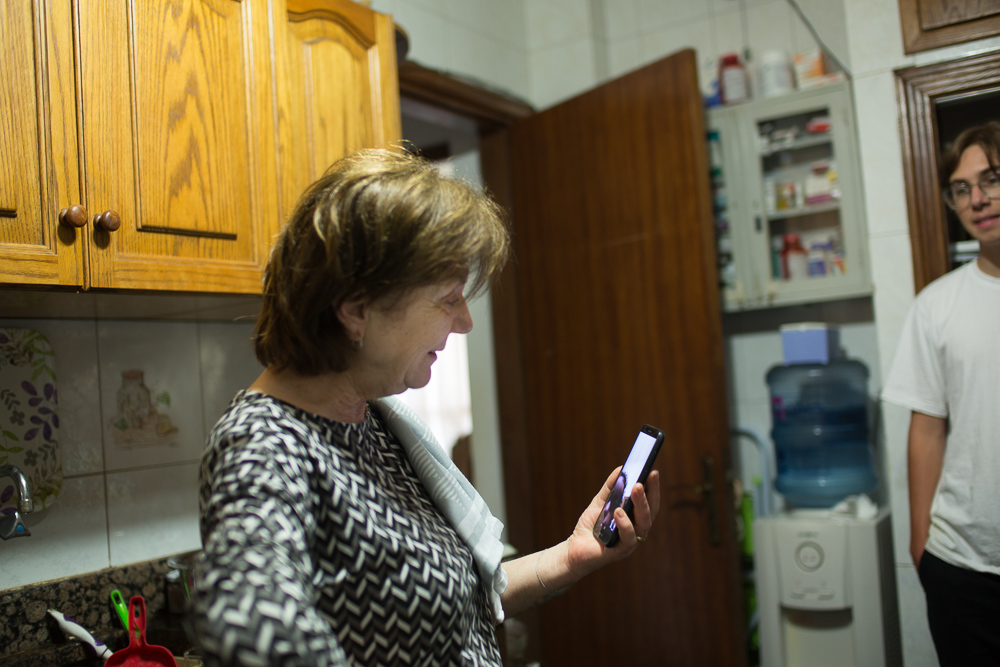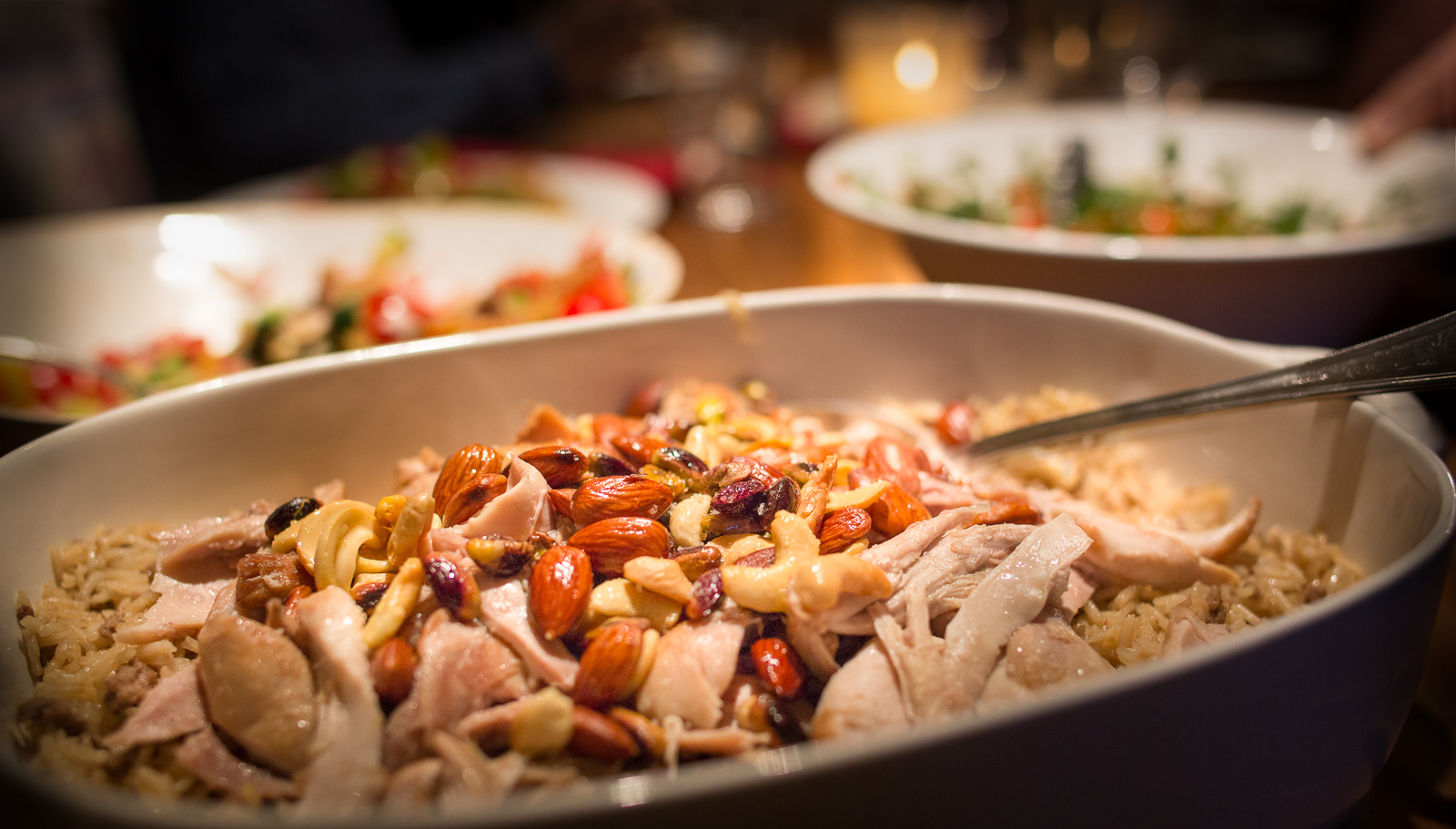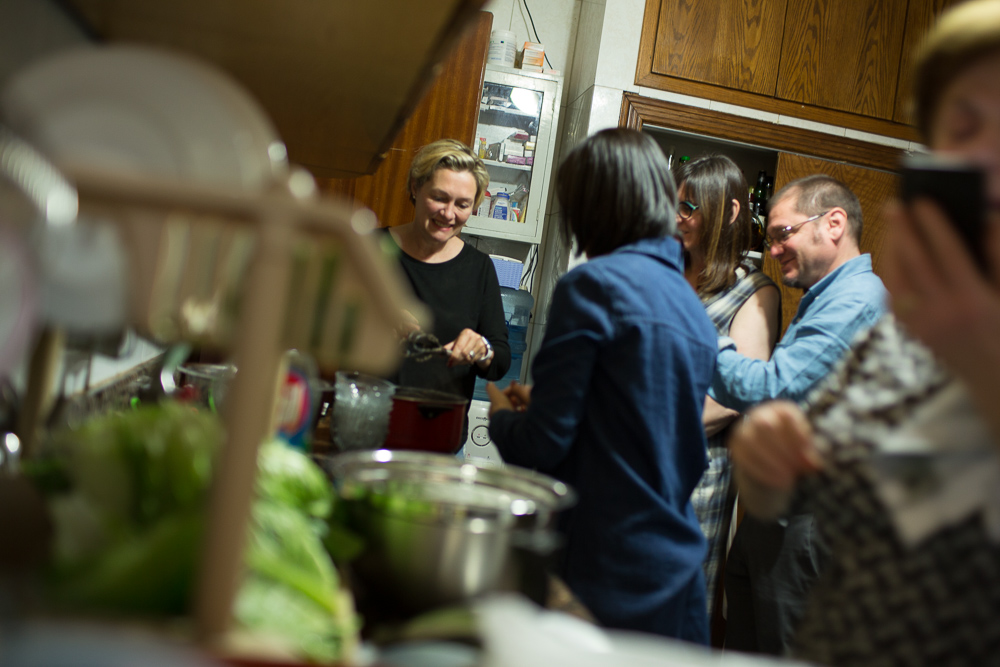An adventure in Normandy
The older I get, and with a birthday coming up on Monday that is top of mind, the more I realize that one of the most necessary elements in my life is adventure. And one of my top adventure partners is Meg Ray, the unstoppable founder and cake boss at Miette. She’s in the planning stages of her third book which is on several chefs and bakers in France who are breaking all the rules and French traditions. When she suggested that we take an overnight trip to Normandy to visit the new restaurant of one of her favorite rebels, John, another friend, and I were in.
The Presbytere is in, as the name promises, an old church and parsonage on an estuary of the river Sienne, by the hamlet of Heugueville-sur-Sienne. The restaurant was started by British chef Edward Delling-Williams, who originally trained at St. John in London, then moved to Paris and opened a successful restaurant Le Grand Bain and bakery Le Petit Grain. He describes his new restaurant as part English pub, part Norman bistro, and he features the best of hyper-local ingredients prepared in sophisticated, yet earthy and simple ways.

Ed sat with us before dinner and revealed his reason for choosing this new location for his work. With three young children he wants to be as close to self-sufficiency as possible, growing much of his own food and being well away from urban centers. Thought-provoking actions from a self-declared collapsist.
We changed the subject to a lighter topic, namely where we should have lunch the next day, and he suggested one of his favorite places, a shack on the beach that serves only mussels, oysters, lamb, fries, and wine, called La Cale (I am afraid there’s no website to link you to). I didn’t need more persuading. We walked along the beach at high tide before the restaurant opened—it doesn’t take reservations and we were warned to get there early. It’s located next to a concrete boat ramp that leads into the sea and the “shack” description was not stretching reality. One whole wall is constructed of glass panels and swings out on hinges to embrace the wooden outside deck and protect it from wind, leaving the restaurant completely open on one side. There is a small stage and a big open fire that was crowded with pieces of meat on a grill. A hutch contains serve-yourself plates and utensils. All the walls are covered with paintings—badly-painted nudes, mostly female. I didn’t notice when we sat down that my seat placed my head right next to a penis in the painting behind me. For some reason the other side of the table found this amusing.
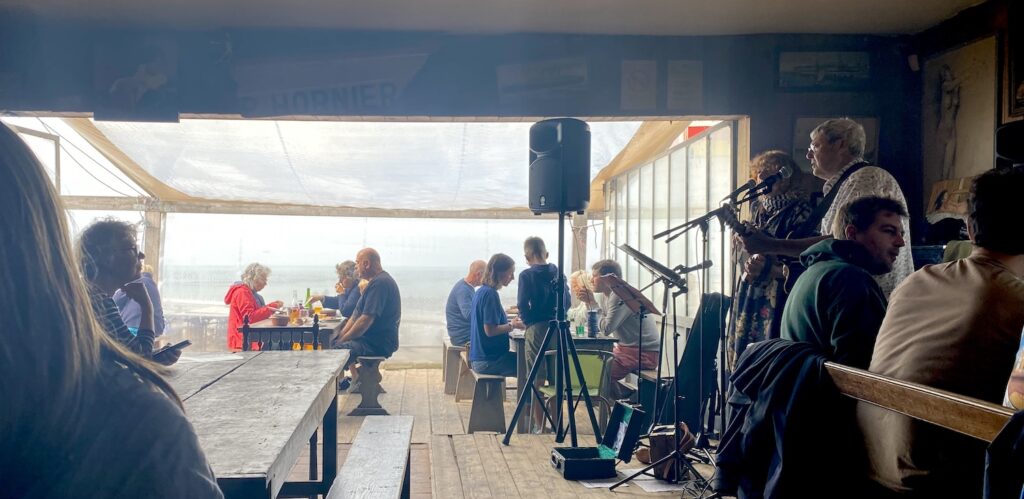
The place filled up almost immediately and we got bread, oysters, a steaming, enormous pot of mussels, lamb, and local rose wine, just as promised.
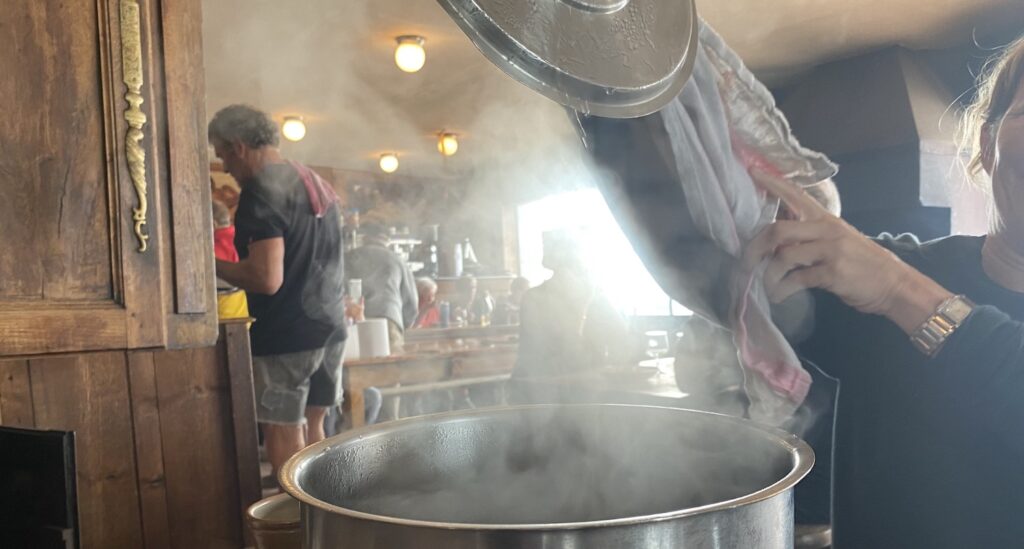
The band was a duo in their late sixties which upon closer inspection revealed that the lead singer was a transvestite. The meat-cooker was a person with a beard wearing hiking boots and a pink gingham dress. I was in heaven.
Midway though the meal, when I turned to the right to converse, I realized that I had unconsciously noted a series of large tractors going by, all loaded with standing men. It was like I was watching a parade going by through the small plastic window I was facing. The mysterious thing was that they were all headed towards the concrete ramp which ended in the sea a few yards beyond the restaurant. I was mystified about why I didn’t see any tractors coming back and where they all ended up.
We left the restaurant and when we looked towards the sea we were shocked. The tide had gone so far out that the water was now nearly invisible on the horizon, leaving a huge patch of revealed sand. And oyster traps. And men in waders who were loading the oysters into the tractors, which were now dispersed all over the still wet and boggy sand. In addition to the more organized oyster farmers were locals, mostly French grandmothers, armed with hoes, shovels, buckets, and wearing rubber boots headed out to harvest their own oysters in unfarmed areas.
In the afternoon we took the train back to Paris completing a perfect adventure which will stay with me for a long time.
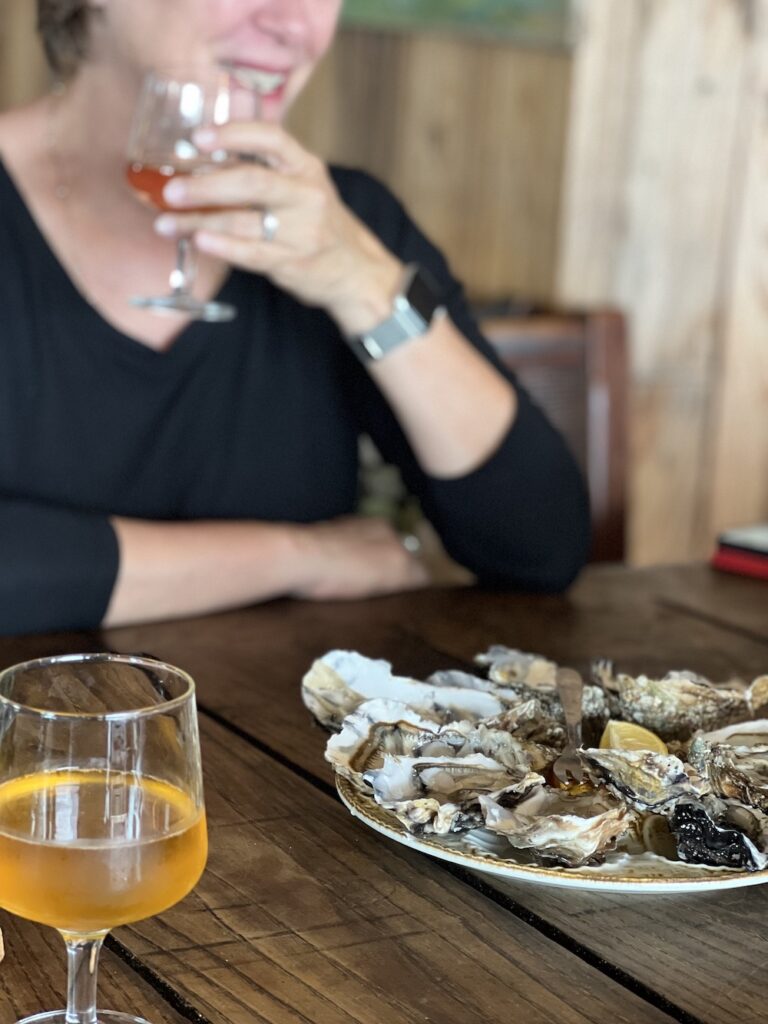







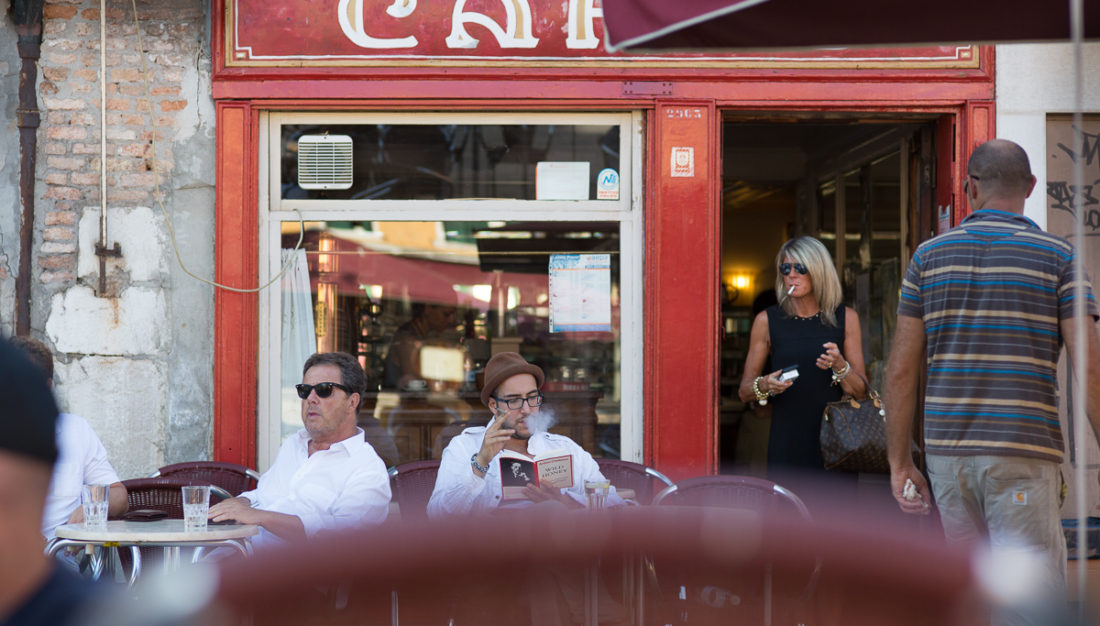
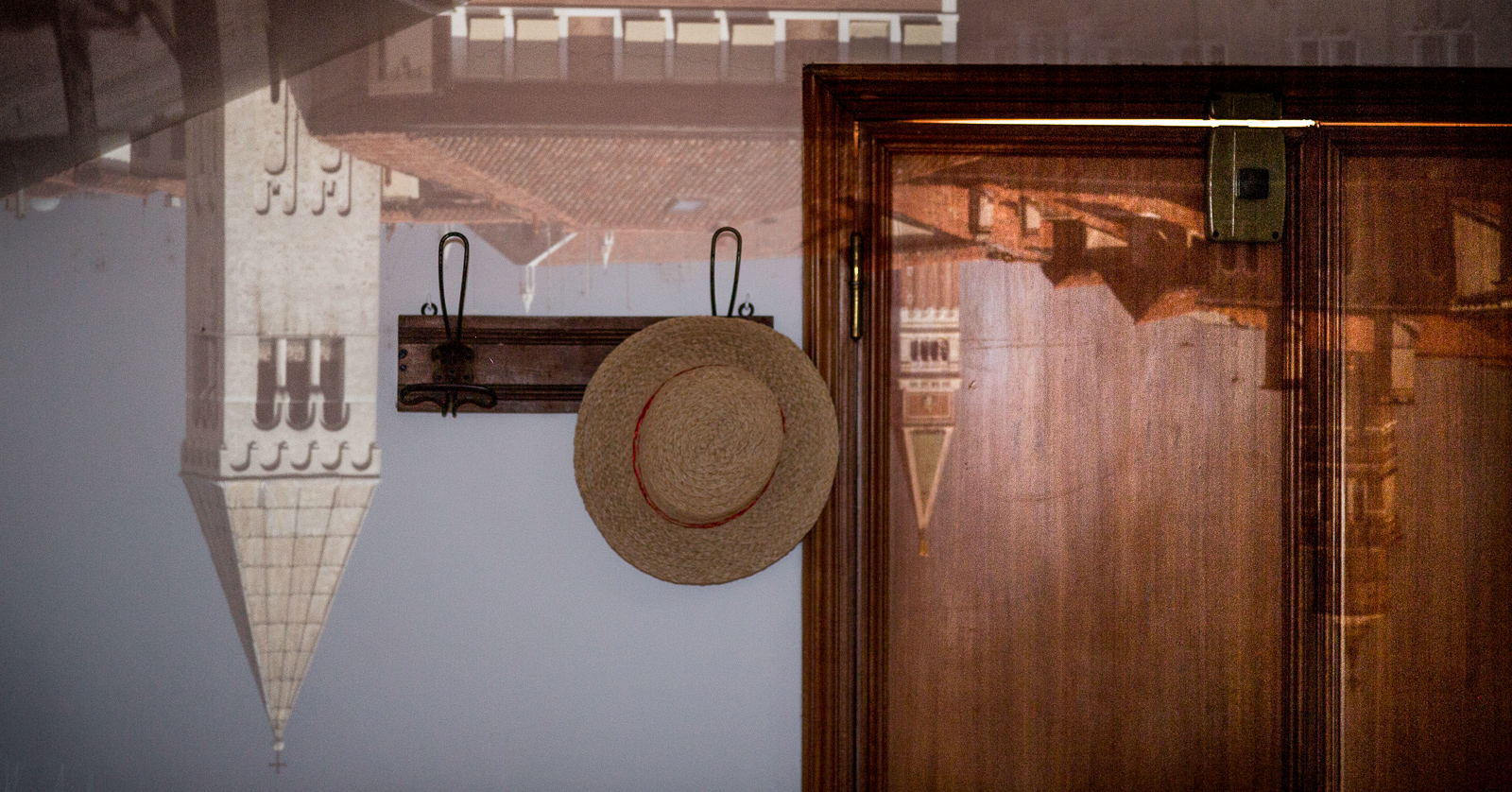

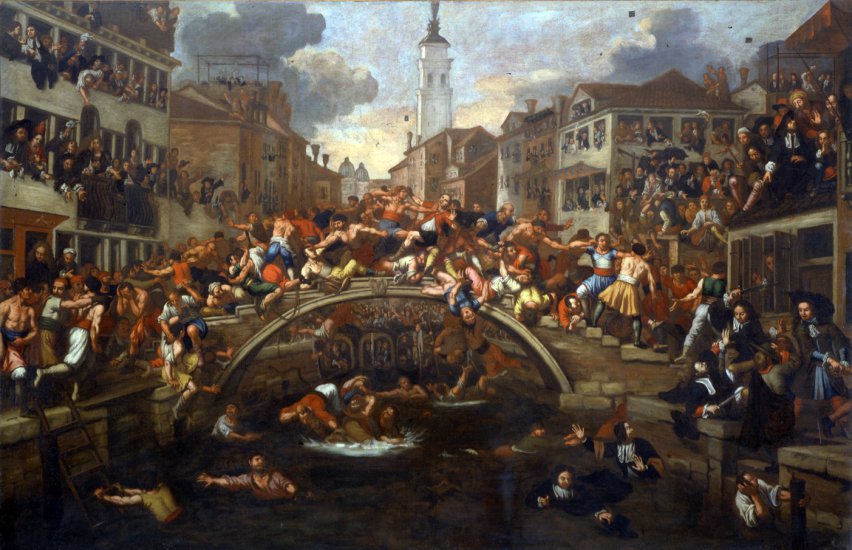 outlawed in 1705, because of the injuries and fatalities.
outlawed in 1705, because of the injuries and fatalities.